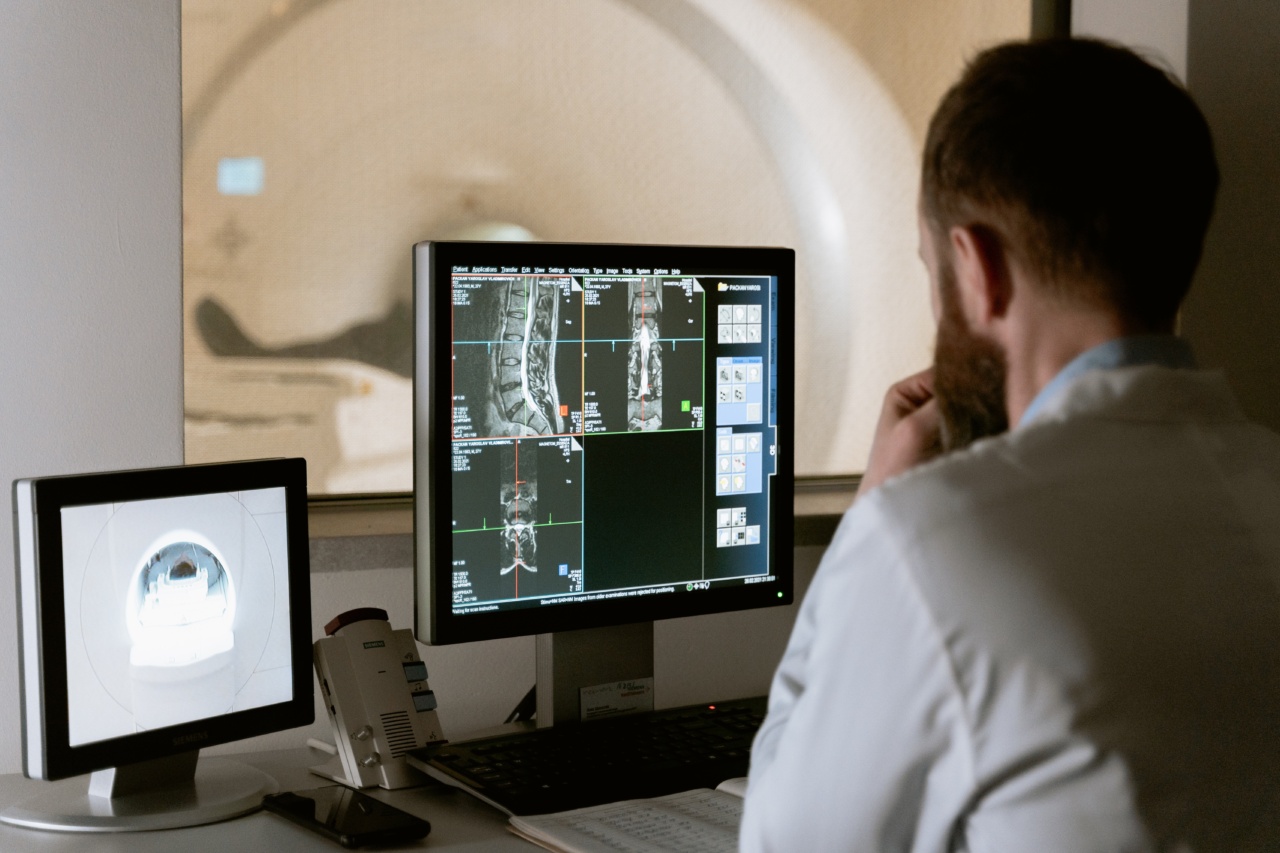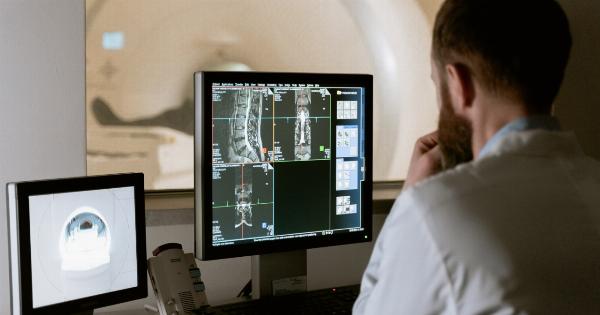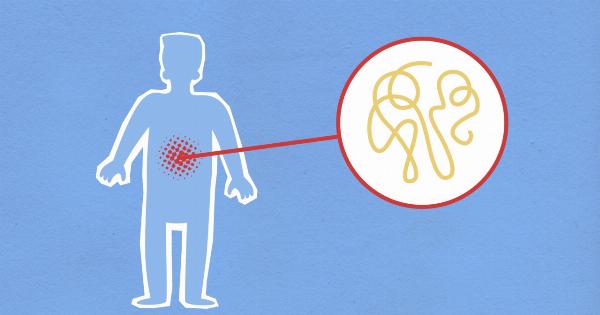Bone cancer is a rare form of cancer that begins in the cells that make up the bones of the body. It can affect people of all ages, but it is most commonly diagnosed in children and young adults.
Early detection and diagnosis of bone cancer are crucial for successful treatment and improved outcomes. In this article, we will discuss the symptoms of bone cancer and the tests used for its diagnosis.
Symptoms of Bone Cancer
The symptoms of bone cancer can vary depending on the location and stage of the cancer. Some common symptoms include:.
- Joint or bone pain: Persistent pain in the affected bone or joint is one of the early signs of bone cancer. The pain may worsen at night or during physical activity.
- Swelling and lumps: Swelling in the affected area or the formation of a lump or mass may be a sign of bone cancer. The lump may feel tender or warm to touch.
- Weakened bones: Bone cancer can weaken the affected bone, leading to fractures or breaks even with minor trauma.
- Unexplained weight loss: Rapid and unexplained weight loss can be a symptom of advanced bone cancer.
- Fatigue and general weakness: Bone cancer can cause fatigue and weakness due to the presence of cancer cells in the body.
- Fever and night sweats: In some cases, bone cancer can cause fever and night sweats.
- Difficulty in movement: If bone cancer affects the joints, it can cause difficulty in movement and restricted range of motion.
If you experience any of these symptoms, especially if they persist or worsen over time, it is important to consult a healthcare professional for further evaluation.
Diagnostic Tests for Bone Cancer
When bone cancer is suspected, a variety of diagnostic tests may be recommended to confirm the diagnosis and determine the extent of the disease. These tests may include:.
1. X-rays
X-rays are often the first imaging test used to evaluate bone abnormalities. They can help identify abnormal bone growths or tumors.
2. Bone Scans
Bone scans involve the injection of a small amount of radioactive material into a vein. The material collects in areas of the bone that have higher metabolic activity, such as areas affected by cancer.
A special camera then detects the radioactive material and creates images of the bones.
3. MRI Scan
Magnetic resonance imaging (MRI) uses powerful magnets and radio waves to create detailed images of the body. It can provide information about the size, location, and extent of bone tumors.
4. CT Scan
A computed tomography (CT) scan combines multiple X-ray images to create cross-sectional views of the bones. It can provide detailed information about the structure of the bones and the presence of any tumors.
5. PET Scan
Positron emission tomography (PET) scan involves the injection of a small amount of radioactive substance into the bloodstream. It can help detect areas of increased metabolic activity in the bones, indicating the presence of cancer.
6. Biopsy
A biopsy is the definitive diagnostic procedure for bone cancer. It involves the removal of a small sample of tissue from the suspected area, which is then examined under a microscope to determine if cancer cells are present.
7. Blood Tests
Although there is no specific blood test for bone cancer, certain blood markers may be elevated in some cases. These markers can provide additional information during the diagnostic process.
8. Genetic Testing
In some cases, genetic testing may be recommended to identify specific gene mutations associated with bone cancer. This can help determine the course of treatment and assess the risk of recurrence.
9. Bone Biopsy
If bone cancer is suspected, a bone biopsy may be performed to obtain a sample of bone tissue for examination. This can help confirm the presence of cancer cells and determine the type and stage of bone cancer.
10. Imaging Tests
In addition to X-rays, other imaging tests such as ultrasound or positron emission tomography (PET) scans may be used to detect and evaluate bone tumors.
Conclusion
Spotting the symptoms of bone cancer early is crucial for timely diagnosis and effective treatment. Persistent bone pain, swelling, lumps, and unexplained weight loss are common signs that should not be ignored.
Diagnostic tests such as X-rays, bone scans, MRI scans, CT scans, PET scans, biopsies, blood tests, genetic testing, and imaging tests can help confirm the presence of bone cancer and guide appropriate treatment strategies.




























